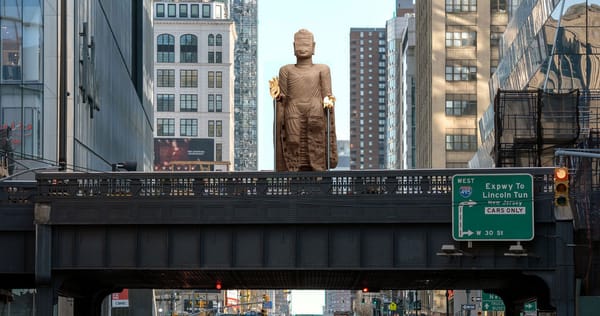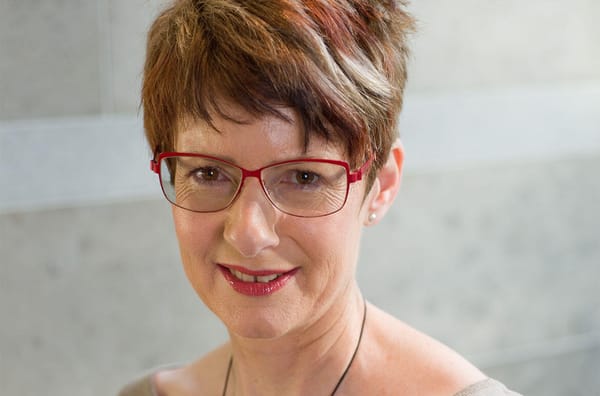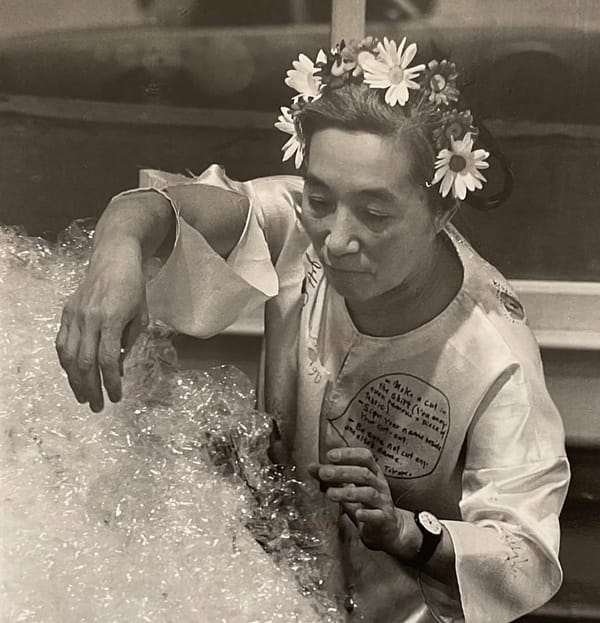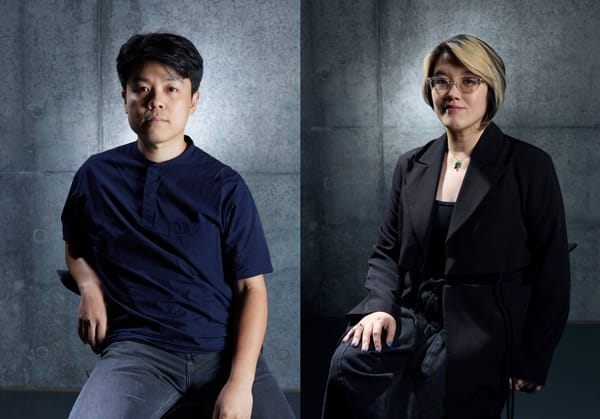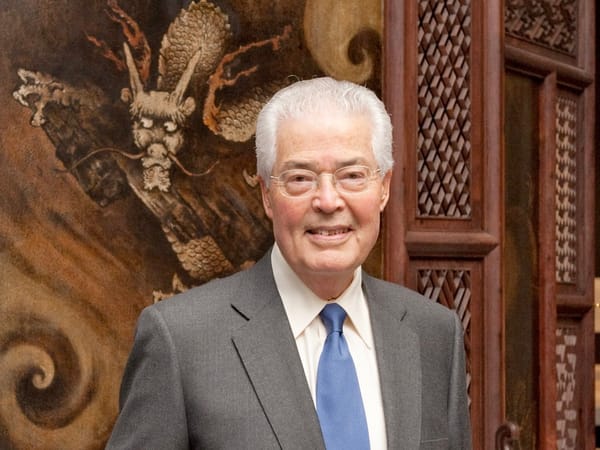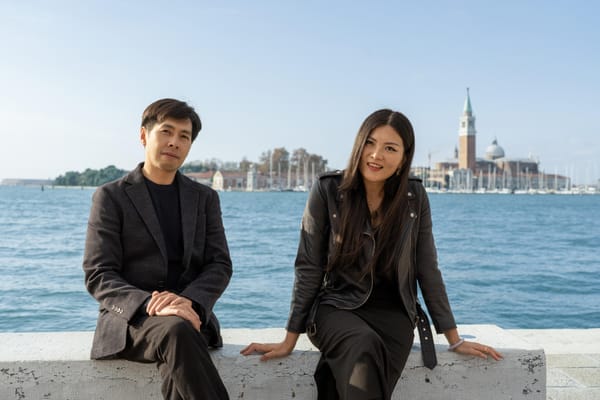News
Stanford University launches Asian American Art Initiative


For scholars researching the history of Asian American artists and their impact and contributions to the culture of the United States, a new organization in California will push the field forward in new directions. Stanford University’s Cantor Arts Center announced on January 25 the launch of its Asian American Art Initiative (AAAI), aimed at supporting acquisitions, preservations, exhibitions, and scholarships surrounding art of the Asian American diaspora. The establishment comes with a major acquisition by the museum of 233 ceramic masks by the midcentury sculptor Ruth Asawa and 141 artworks made by Asian American artists during the 19th and 20th centuries from The Michael Donald Brown Collection.
AAAI’s founding co-directors, the Center’s assistant curator Aleesa Alexander and Stanford’s art history professor Marci Kwon, stated that the initiative aims to disrupt the art historical canon where “Asian Americans remain in the shadows of American art.” AAAI will focus on strengthening cross-disciplinary research through studies in race, ethnicity, gender, and foreign and international relations. It plans to initiate digital documentation and community engagement projects while stimulating discussions to bring forth underrepresented narratives in the Western art historical discourse.
Engagement with the local San Francisco Bay Area Asian community is also a point of focus. Asawa’s Untitled (LC. 012, Wall of Masks) (1966–2000) series were cast from the faces of the artist’s friends and family in the Bay area where she lived until her death in 2013. The artist had a significant impact on the cultural terrain of the area and created multiple landmark commissions such as her bronze San Francisco Fountain (1970) installed at the city’s Ghirardelli Square and Hyatt Hotel. Meanwhile, The Michael Donald Brown Collection, built over three decades by the San Francisco-based art dealer, includes works by artists such as painter Koho Yamamoto, who was incarcerated at prison camps for Japanese Americans during World War II.
AAAI will also collaborate with multiple Stanford departments including the Department of History, Centre for East Asian Studies, Institute for Diversity in the Arts, and the Office of the Vice Presidency for the Arts, to produce a series of conferences and exhibitions for late 2022. The details of these events are yet to be released.
The Cantor Arts Center was founded in 1891 alongside Stanford University, and was renamed in 1999 after significant expansions supported by Iris and Bernard Gerald Cantor. The museum currently holds a collection of more than 38,000 works of art spanning five millenniums. Its engagement with Asian American art dates back to the 1960s.
Celina Lei is an editorial intern at ArtAsiaPacific.
To read more of ArtAsiaPacific’s articles, visit our Digital Library.
